
Here I study the problem of arranging copies of three pentominoes at various scales to form a rectangle with the four corner cells removed.
Carl Schwenke and Johann Schwenke improved on many of my solutions.
See also

| F I L | 7 | F I N | 7 | F I P | 4 | F I T | 10 | F I U | 7 | F I V | 8 | F I W | 7 | F I X | 16 | F I Y | 9 | F I Z | 16 |
| F L N | 7 | F L P | 4 | F L T | 9 | F L U | 7 | F L V | 9 | F L W | 8 | F L X | 9 | F L Y | 4 | F L Z | 9 | F N P | 4 |
| F N T | 7 | F N U | 9 | F N V | 9 | F N W | 8 | F N X | 9 | F N Y | 4 | F N Z | 4 | F P T | 4 | F P U | 7 | F P V | 4 |
| F P W | 4 | F P X | 9 | F P Y | 4 | F P Z | 7 | F T U | 7 | F T V | 12 | F T W | 7 | F T X | 33 | F T Y | 12 | F T Z | 9 |
| F U V | 12 | F U W | 8 | F U X | 7 | F U Y | 7 | F U Z | 7 | F V W | 10 | F V X | 28 | F V Y | 9 | F V Z | 13 | F W X | 9 |
| F W Y | 7 | F W Z | 7 | F X Y | 9 | F X Z | ? | F Y Z | 9 | I L N | 8 | I L P | 5 | I L T | 9 | I L U | 6 | I L V | 8 |
| I L W | 8 | I L X | 9 | I L Y | 7 | I L Z | 9 | I N P | 5 | I N T | 8 | I N U | 8 | I N V | 8 | I N W | 8 | I N X | 4 |
| I N Y | 5 | I N Z | 9 | I P T | 7 | I P U | 6 | I P V | 5 | I P W | 5 | I P X | 4 | I P Y | 6 | I P Z | 7 | I T U | 8 |
| I T V | 10 | I T W | 8 | I T X | 12 | I T Y | 8 | I T Z | 13 | I U V | 6 | I U W | 10 | I U X | 5 | I U Y | 8 | I U Z | 9 |
| I V W | 9 | I V X | 12 | I V Y | 9 | I V Z | 7 | I W X | 16 | I W Y | 9 | I W Z | 9 | I X Y | 4 | I X Z | 20 | I Y Z | 9 |
| L N P | 5 | L N T | 9 | L N U | 8 | L N V | 9 | L N W | 8 | L N X | 10 | L N Y | 6 | L N Z | 8 | L P T | 7 | L P U | 7 |
| L P V | 7 | L P W | 4 | L P X | 7 | L P Y | 5 | L P Z | 6 | L T U | 10 | L T V | 10 | L T W | 9 | L T X | 13 | L T Y | 7 |
| L T Z | 10 | L U V | 8 | L U W | 8 | L U X | 9 | L U Y | 8 | L U Z | 8 | L V W | 9 | L V X | 10 | L V Y | 8 | L V Z | 10 |
| L W X | 9 | L W Y | 8 | L W Z | 9 | L X Y | 9 | L X Z | 17 | L Y Z | 7 | N P T | 7 | N P U | 7 | N P V | 4 | N P W | 5 |
| N P X | 9 | N P Y | 4 | N P Z | 4 | N T U | 8 | N T V | 10 | N T W | 9 | N T X | 9 | N T Y | 9 | N T Z | 10 | N U V | 10 |
| N U W | 8 | N U X | 9 | N U Y | 8 | N U Z | 8 | N V W | 9 | N V X | 12 | N V Y | 7 | N V Z | 8 | N W X | 9 | N W Y | 8 |
| N W Z | 9 | N X Y | 7 | N X Z | 9 | N Y Z | 7 | P T U | 8 | P T V | 7 | P T W | 7 | P T X | 9 | P T Y | 7 | P T Z | 8 |
| P U V | 7 | P U W | 4 | P U X | 7 | P U Y | 4 | P U Z | 8 | P V W | 7 | P V X | 9 | P V Y | 4 | P V Z | 7 | P W X | 8 |
| P W Y | 4 | P W Z | 8 | P X Y | 7 | P X Z | 9 | P Y Z | 7 | T U V | 12 | T U W | 10 | T U X | 12 | T U Y | 9 | T U Z | 14 |
| T V W | 12 | T V X | 69 | T V Y | 10 | T V Z | 13 | T W X | 16 | T W Y | 10 | T W Z | 16 | T X Y | 12 | T X Z | ? | T Y Z | 16 |
| U V W | 8 | U V X | 12 | U V Y | 10 | U V Z | 12 | U W X | 8 | U W Y | 8 | U W Z | 16 | U X Y | 7 | U X Z | 28 | U Y Z | 10 |
| V W X | 10 | V W Y | 8 | V W Z | 12 | V X Y | 9 | V X Z | 22 | V Y Z | 9 | W X Y | 12 | W X Z | 19 | W Y Z | 8 | X Y Z | 12 |

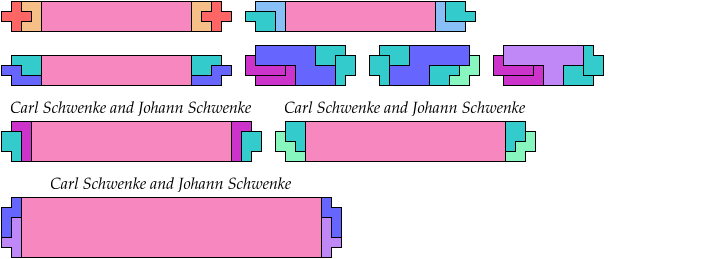

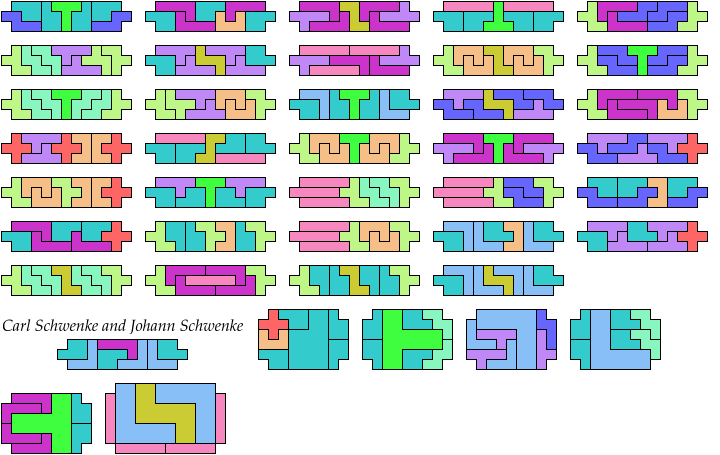
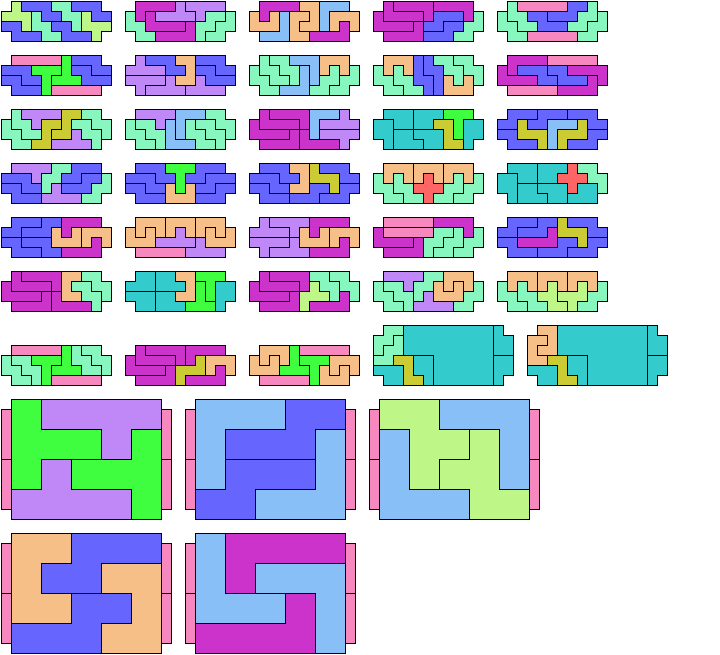
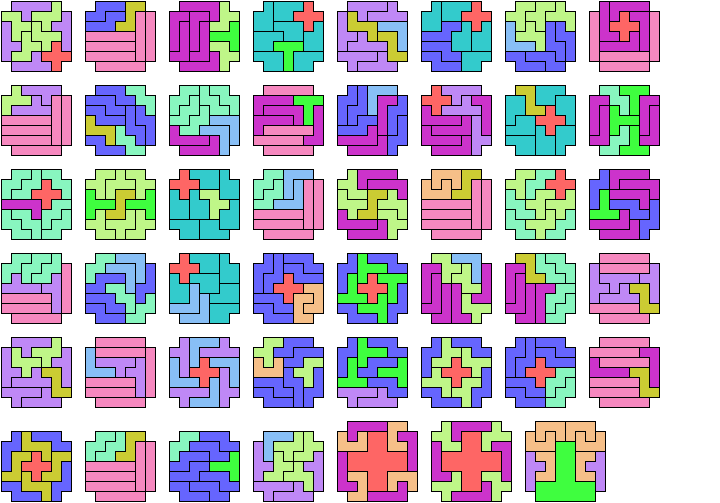

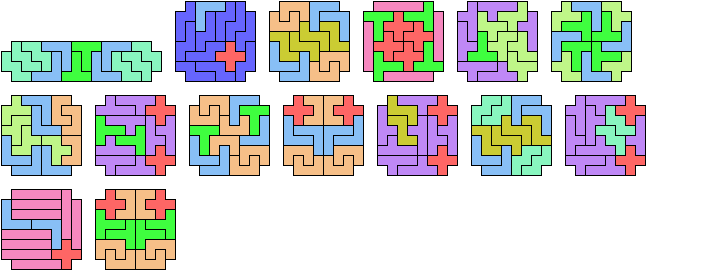




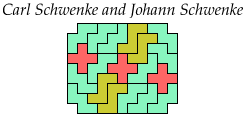

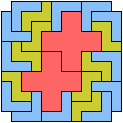
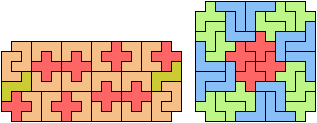
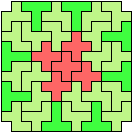
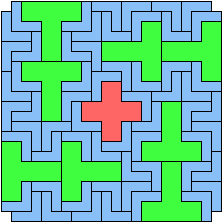
Last revised 2024-02-27.